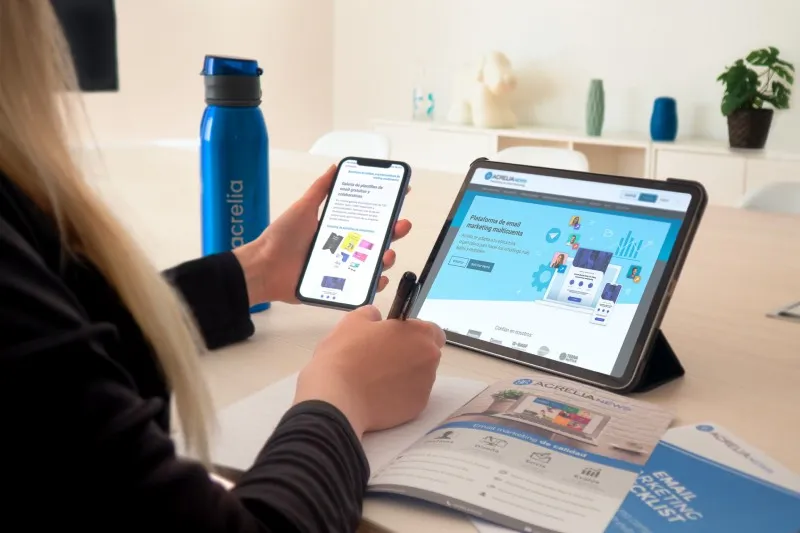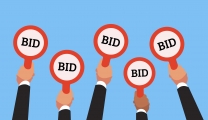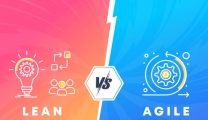Build an email list

The first step to effective ecommerce email marketing
The first step to effective ecommerce email marketing is building a high-quality email list. There are several ways to collect email addresses, including through pop-up forms on your website, offering incentives to sign up, and even buying email lists. However, it is essential to remember that your email list should only include people who have explicitly allowed you to contact them. Otherwise, your email could be considered spam and your brand reputation could suffer.
It is also very important to keep your email list clean and up to date. Regularly remove inactive subscribers and make sure your emails reach the right people. Segmenting your email list based on customer behavior, demographics, or interests can help you send more relevant and targeted emails.
Types of eCommerce Email Marketing
There are several types of e-commerce emails that you can send to your subscribers, each with a specific goal. Some of the most common types of e-commerce emails include:
Welcome Emails : Welcome emails are sent to new subscribers and provide an opportunity to showcase your brand and products, offer discounts or offers, and encourage subscribers to engage with your website. .
Abandoned cart emails : Abandoned cart emails are sent to customers who have left items in their cart without completing a purchase. These emails remind customers of what they've left behind, offer incentives to complete a purchase, and provide customer support if needed.
Order Confirmation Email: An order confirmation email is sent to a customer after they complete a purchase. These emails confirm the details of the order and provide shipping and delivery information.
Product recommendation emails : Product recommendation emails are sent to customers based on browsing and purchasing behavior. These emails showcase products that might interest customers, increasing the likelihood of repeat purchases.
Re-engagement emails : Re-engagement emails are sent to inactive subscribers to encourage them to re-engage with your brand. These emails can offer offers, remind subscribers of the benefits of being a customer, or provide information about new products or promotions.
Create effective ecommerce email marketing
Feedback and review emails : Feedback and review emails are sent to customers after purchase, asking for feedback and reviews. These emails can help you collect customer feedback, improve your products and services, and build social proof.

Email design and layout should be visually appealing, easy to read, and optimized for mobile devices.
Actual e-commerce email marketing requires careful consideration of a number of factors, including subject lines, personalization and segmentation, email design and layout, content, and calls to action ( CTAs).
Subject lines are the first thing your subscribers see, and they can make or break the success of your email campaign. A great subject line should be attention-grabbing, relevant, and concise. Personalization and segmentation can help you tailor your emails to specific customer groups, increasing engagement and conversions.
Email design and layout should be visually appealing, easy to read, and optimized for mobile devices. A clear and compelling message should be delivered through the body of the email. A strong CTA will encourage subscribers to take action, whether it's making a purchase, visiting your website, or providing feedback.
Measuring success in ecommerce email marketing
Measuring the success of your ecommerce email marketing campaign is crucial to its continued effectiveness. Key performance metrics (KPIs) to track can include average open rates for email marketing , click-through rates, conversion rates, and revenue generated. Tools like Google Analytics and facebook email marketing software like Mailchimp can help you track these KPIs and gain valuable insights into the performance of your campaigns.
You can tailor your ecommerce email marketing strategy based on data and analytics to improve its effectiveness. For example, if your open rate is low, you may want to experiment with different subject lines or segment your email list differently.
Advanced Ecommerce Email Marketing Techniques
Some advanced email marketing techniques can take your ecommerce email campaigns to the next level. These include:
A/B Testing : A/B testing involves sending two versions of an email to a small segment of your email list to determine which performs better. This technique can help you optimize your emails for maximum engagement and conversions.
Drip campaign : A drip campaign is an automated series of emails sent to subscribers over a period of time. These campaigns can welcome new subscribers, nurture leads, and re-engage inactive subscribers.
Trigger Emails : Activation emails are sent in response to specific customer actions, such as cart abandonment or completed purchase. These emails can be highly targeted and personalized, making them effective at encouraging engagement and conversions.
Automated Email Sequence : An automated email sequence is a set of emails sent in a predetermined sequence to subscribers. They can be used to refer new customers, educate them about your products or services, or provide information about promotions.
Integrate email with other marketing channels : Integrating your email marketing with other marketing channels, such as social media or paid advertising, can help you create an effective email marketing strategy. results and engagement for e-commerce .
Conclusion
Ecommerce email marketing is essential for any online business that wants to connect with customers and increase sales. Building a high-quality email list, sending targeted and effective emails, and measuring success are key components of a successful Email Marketing Campaign. Advanced techniques like A/B testing, drip campaigns, triggered emails, automated email sequences, and email integration with other marketing channels can take your campaigns to the next level.












Replies to This Discussion